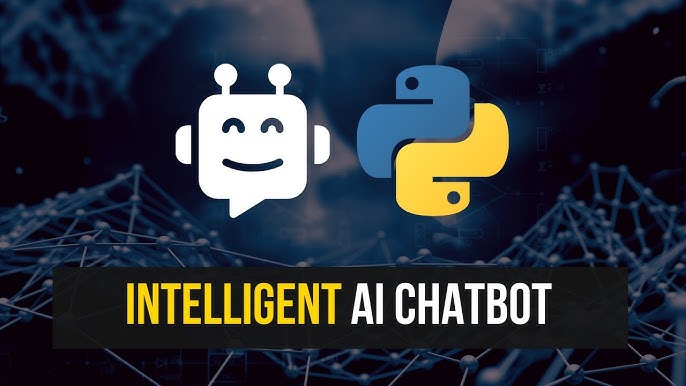Building a Chat Assistant with Gorq and Python Async: A Step-by-Step Guide

In this blog, we’ll walk you through using Gorq, a Python library that helps us connect with and interact with powerful AI models asynchronously. By the end, you’ll have a basic chat assistant running, with the ability to handle user questions using an AI model via Gorq. Let’s dive in!
What is Gorq?
Gorq is a library designed to simplify interactions with large language models, allowing you to set up and send asynchronous requests easily. This can be especially useful for building applications requiring real-time responses, such as chatbots, virtual assistants, and interactive tools.
Setting Up the Project
Before we begin coding, ensure you have Python 3.7+ installed, as we’ll use asynchronous functions extensively. You’ll also need an API key from Gorq to authenticate your requests. You can get an API key by signing up on the Gorq platform.
Visit this page and grab you Gorq API Key
Step 1: Install the Gorq Package
First, install the Gorq package. Open your terminal and run:
pip install groqStep 2: Write the Code for the Chat Assistant
We’ll be using asynchronous programming in Python with the asyncio library, which will allow our assistant to process messages efficiently.
Here's the complete code to create a chat assistant using Gorq.
import asyncio
from groq import AsyncGroq
client = AsyncGroq(
api_key="your_api_key_here",
)
async def query_assistant(question: str) -> str:
chat_completion = await client.chat.completions.create(
messages=[
{
"role": "user",
"content": question,
}
],
model="mixtral-8x7b-32768",
)
return chat_completion.choices[0].message.content
async def main() -> None:
print("Hello! I'm your AI assistant. How can I help you today?")
while True:
user_input = input("You: ")
if user_input.lower() in ['exit', 'quit']:
print("Goodbye!")
break
response = await query_assistant(user_input)
print("AI: " + response)
asyncio.run(main())Now, let’s break down what each part of the code does.
Importing Libraries
import asyncio
from groq import AsyncGroqHere, we import asyncio and AsyncGroq. asyncio is Python’s standard library for running asynchronous functions, and AsyncGroq provides the functionality for making asynchronous API requests to Gorq.
Initialize the Client
client = AsyncGroq(
api_key="your_api_key_here",
)We create an AsyncGroq client using our API key. This client object lets us send queries and receive responses from the Gorq model.
Defining the Query Function
async def query_assistant(question: str) -> str:
chat_completion = await client.chat.completions.create(
messages=[
{
"role": "user",
"content": question,
}
],
model="mixtral-8x7b-32768",
)
return chat_completion.choices[0].message.contentThis asynchronous function, query_assistant, accepts a question string from the user. It sends this question to the Gorq model, which processes it and returns a response.
Inside query_assistant, we call client.chat.completions.create with:
Creating the Main Program Logic
async def main() -> None:
print("Hello! I'm your AI assistant. How can I help you today?")
while True:
user_input = input("You: ")
if user_input.lower() in ['exit', 'quit']:
print("Goodbye!")
break
response = await query_assistant(user_input)
print("AI: " + response)In the main function:
Running the Code
asyncio.run(main())Finally, asyncio.run(main()) starts the event loop, running our main() function and managing all asynchronous calls within it.
Congratulations! You’ve just built a basic chat assistant using Gorq and Python’s asyncio. By understanding this framework, you can expand your assistant with more advanced features, including error handling, personalized responses, and support for additional queries.
With this setup, you’re well on your way to building a responsive, interactive AI-driven chatbot using Python!